Isola del G. Sasso d’I. San G. dell'Addolorata
2022
The sanctuary of S. Gabriele dell'Addolorata is a sanctuary of the Catholic Church located at the foot of the Gran Sasso d'Italia, in the municipality of Isola del Gran Sasso d'Italia.
You may also like
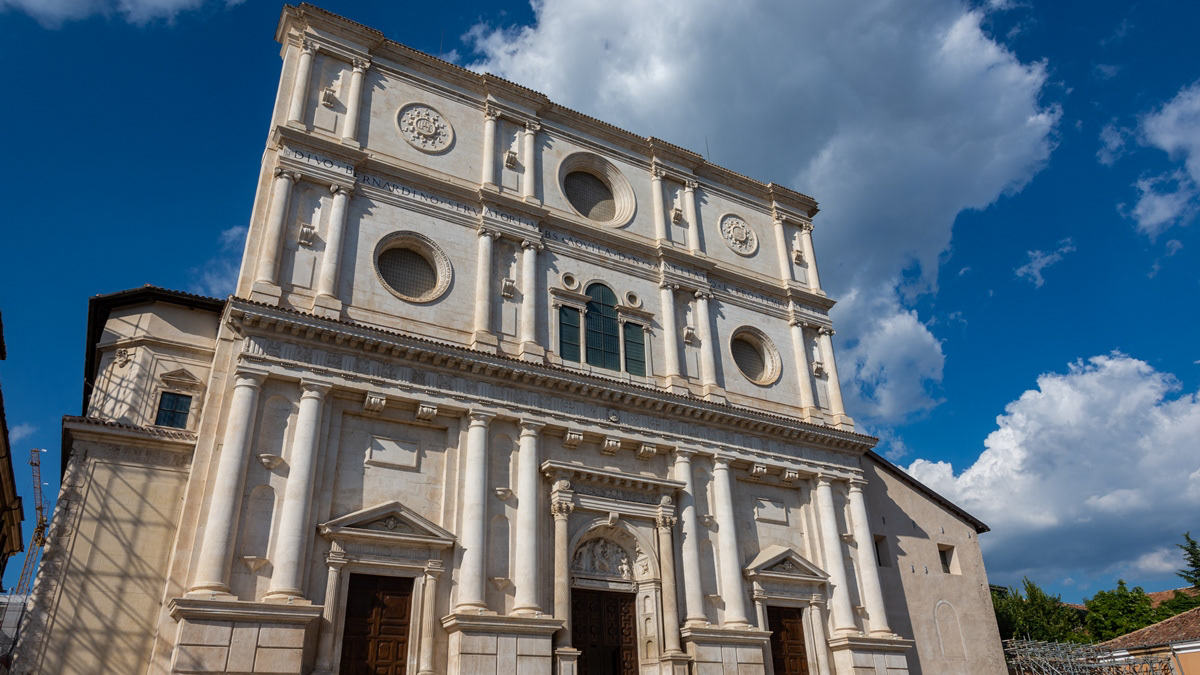
2018
L'Aquila - Basilica of San Bernardino
The basilica of San Bernardino is a religious building in L'Aquila, located in the quarter of Santa Maria. It was built, with the adjacent convent, between 1454 and 1472 in honor of San Bernardino da Siena, whose remains are kept inside the mausoleum of the Saint built by Silvestro dell'Aquila. The façade, erected in the following century by Cola dell'Amatrice with Michelangelo's influences, is considered the highest expression of Renaissance architecture in Abruzzo. The interior, in Baroque style, is due to the reconstruction of the building following the earthquake of 1703 by several designers - including certainly Filippo Barigioni, Sebastiano Cipriani and Giovan Battista Contini - and preserves important works of art by Andrea della Robbia, Francesco Bedeschini, Pompeo Cesura, Rinaldo Fiammingo and Donato Teodoro, in addition to the aforementioned Silvestro dell'Aquila, also author of the mausoleum of Maria Pereyra Camponeschi. The carved wooden ceiling decorated with pure gold is the work of Ferdinando Mosca. It was included in the list of national monumental buildings in 1902 and elevated to the rank of minor basilica by Pope Pius XII in 1946. Due to the earthquake of 2009 which severely damaged the apse and the bell tower, the basilica was subjected to repair and consolidation works and was reopened in 2015.
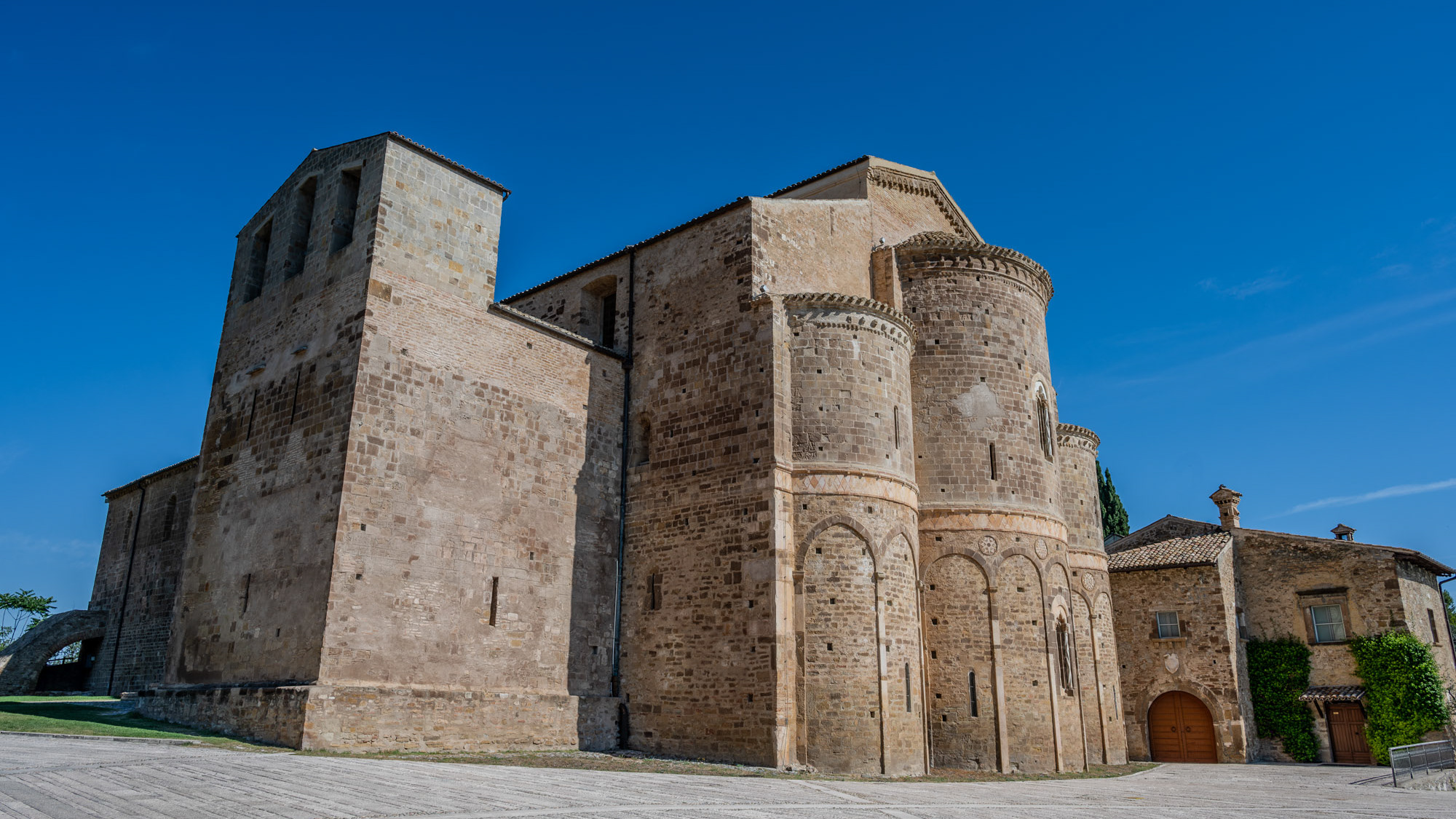
2024
Fossacesia. Abbey of San Giovanni in Venere
It is a Christian monastic complex located in the municipality of Fossacesia, on a hill overlooking the Adriatic Sea. The complex is made up of a basilica and the nearby convent.

2024
Spectacular landscapes and views 2024

2018
Sulmona (AQ)
Sulmona (formerly Sulmo, Sulmóne in Abruzzo) is an Italian town of 24 076 inhabitants in the province of L'Aquila in Abruzzo. It is the third most populous municipality in the province (behind L'Aquila and Avezzano) and the eleventh in the region. Located in the heart of Abruzzo, close to the Majella National Park, Sulmona is known worldwide for its centuries-old tradition in the production of sugared almonds. It is also the bishopric of the homonymous diocese Sulmona-Valva. Formerly oppidum of the Peligni, later a Roman municipality, in 43 BC. Sulmo was the birthplace of the Latin poet Publio Ovidio Nasone. In the Middle Ages, by the will of Frederick II, it was from 1233 to 1273 the seat of the execution of Abruzzo. It is among the cities decorated with military valor for the war of liberation, awarded the Silver Medal for the sacrifices of its populations and for its activity in the partisan struggle during the Second World War.
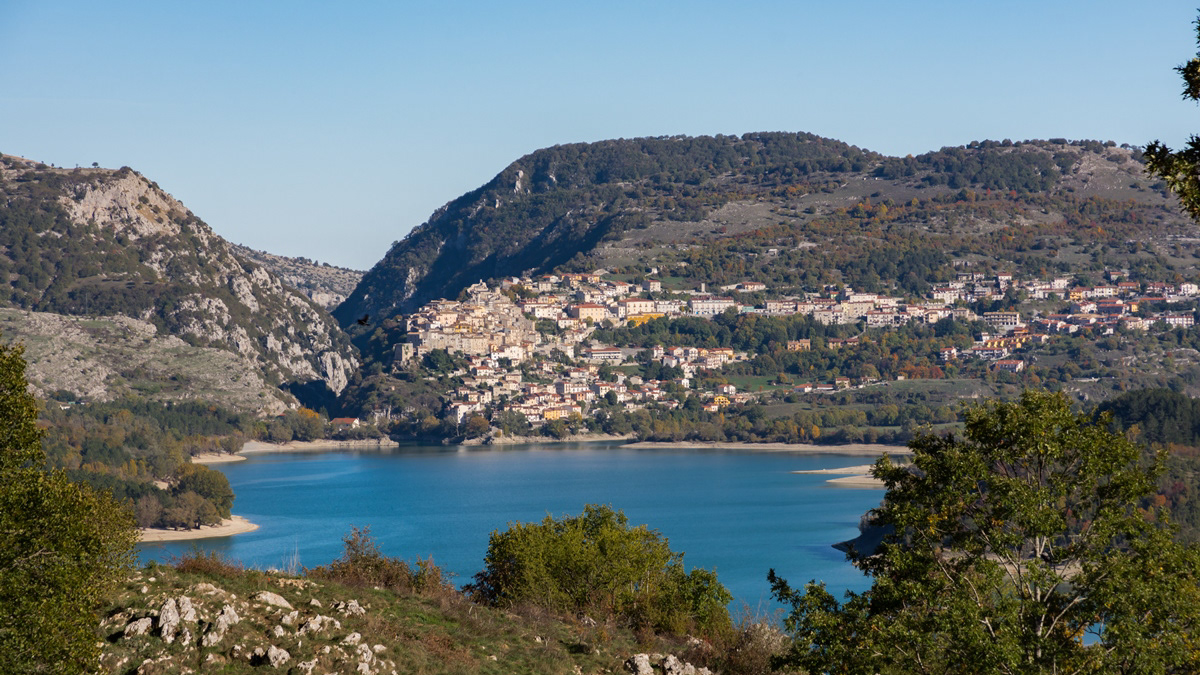
2018
Barrea and its lake (AQ)
Barrea is located in a mountainous area overlooking the Sangro Valley and the Barrea Lake. The inhabited center, located at an altitude of 1,060 m a.s.l., occupies a ledge at the eastern end of the lake enclosed by the steep sides of the Meta mountains to the south and Mount Greco to the north. Its territory is included in the national park of Abruzzo, Lazio and Molise. The lake was formed in 1951 by the damming of the Sangro river and is used for the production of electricity. The Wetland of Lake Barrea, managed by the Abruzzo, Lazio and Molise National Park Authority, has been on the list of areas provided for by the Ramsar Convention since 1976.
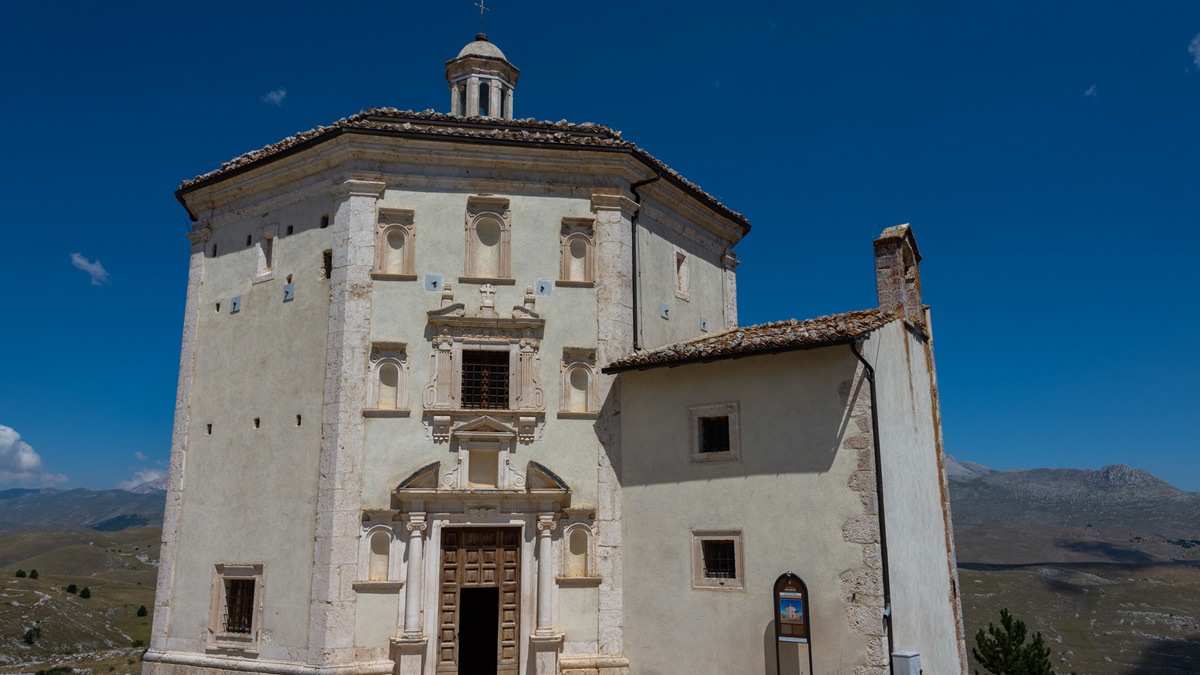
2018
Rocca Calascio (AQ) - Santa Maria della Pietà
Near Rocca Calascio, on the path that leads to Santo Stefano di Sessanio, is the church of Santa Maria della Pietà, a small temple built in 1596 on the place where, according to legend, the local population had the best of a band of brigands . The church, probably founded on a pre-existing Renaissance aedicule, has an octagonal external structure with an environment used as a sacristy leaning against one of the facades and a dome with eight segments. The interior, articulated on a system of Tuscan pilasters, presents a painting depicting the Miraculous Virgin and a sculpture of San Michele armed. The church, now used as a simple oratory, is a destination for faithful and devotees.
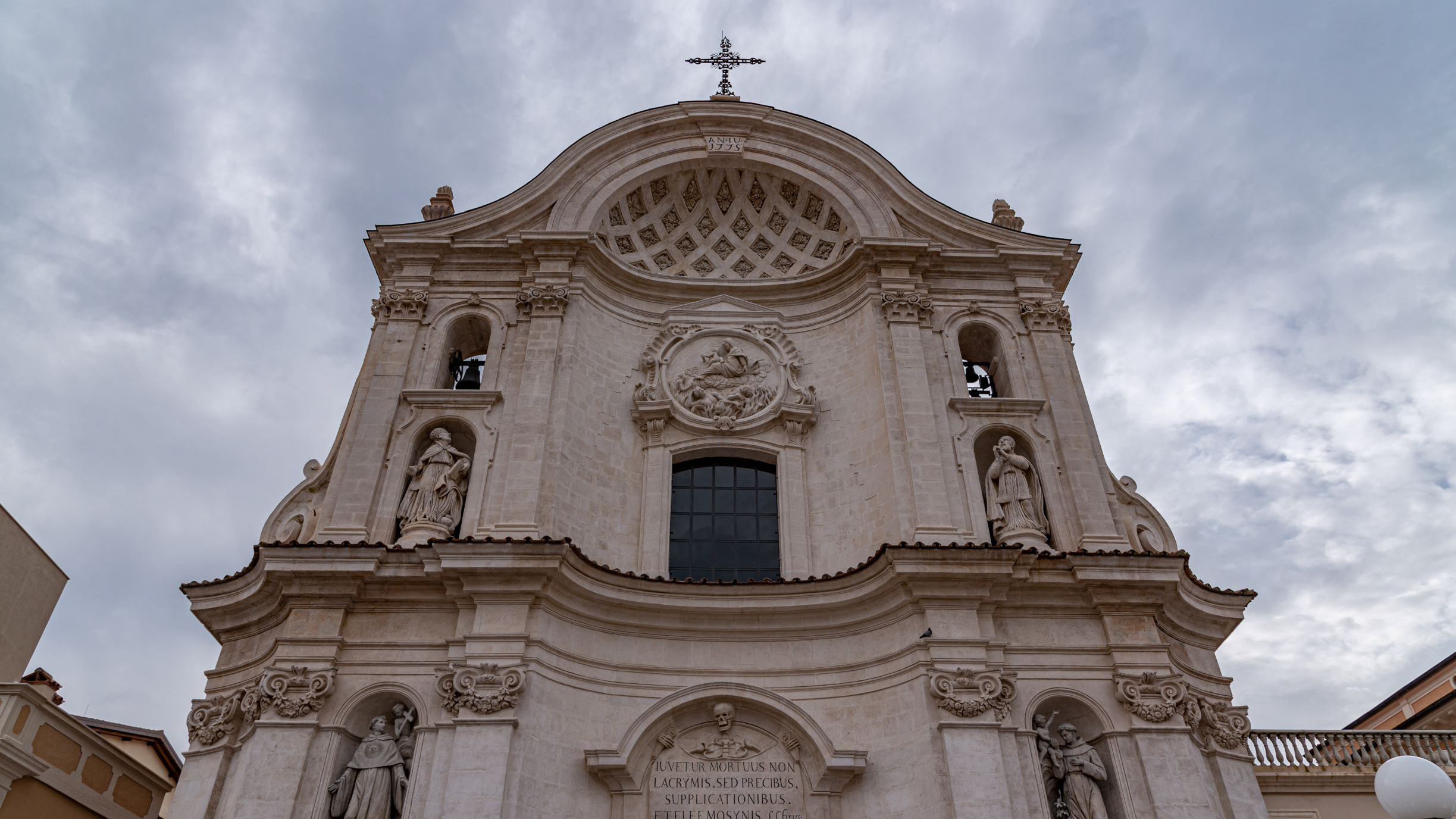
2020
L'Aquila. Church of Santa Maria del Suffragio - 2019
Built starting in 1713 for the victims of the earthquake of 1703, it is the symbol of the eighteenth-century reconstruction of the city and represents the maximum expression of the religious architecture of L'Aquila in the eighteenth century.

2017
Abruzzo - Gran Sasso of Italy
The Gran Sasso (or Gran Sasso d'Italia) is the highest mountain massif of the continental Apennines, located in the central Apennines, entirely in Abruzzo, as part of the easternmost ridge of the Abruzzo Apennines, on the border between the provinces of L ' Aquila, Teramo and Pescara. It borders to the north with the territories of Fano Adriano, Pietracamela, Isola del Gran Sasso d'Italia, Castelli and Arsita, to the east with the Gorges of Popoli, to the south-west directly with the plain of Assergi, further downstream with L'Aquila , to the south it is limited by Campo Imperatore and downstream by the Piana di Navelli, while to the west-north-west it borders the chain of the Monti della Laga and Lake Campotosto, separated from them by the upper Vomano Valley and the state road 80 of the Gran Sasso d'Italia that crosses it. The Gran Sasso d'Italia is a protected environmental area with the establishment of the Gran Sasso and Monti della Laga National Park. It includes the Gran Sasso mountain community and the Campo Imperatore-Piana di Navelli mountain community.

2023
Fara San Martino. The Gorges of San Martino
the Gole di San Martino opens with a narrow passage from the high rocky walls on the eastern slope of the Maiella, just outside the town of Fara. This is the beginning of the gorge-like valley that leads to the highest peak of the Maiella, Monte Amaro (2793 m), and includes the wildest territories of the entire massif with a 14 km long route and a difference in height of 2300 m . It can be divided into three parts: the Valle di S. Spirito, the Valle di Macchia Lunga and the Val Cannella. The latter ends with a glacial cirque in the center of which is the Manzini refuge. According to popular tradition, these suggestive gorges, just 2 m wide and about 30 m long, were opened by San Martino with the strength of his arms to allow the people of Fares to access the high pastures of the Majella more quickly. After walking a few meters, you can see the monastery of San Martino in Valle which an archaeological excavation has recently brought to light. In reality, this remarkable scenario was produced by the erosive and incessant action of the torrential waters coming from the melting of the surrounding snowfields during the Quaternary, in particular during the glaciations. With an evident franapoggio stratification that highlights the oldest terms as you go up, the oldest rocks of the Maiella emerge here, represented by beige-hazelnut platform limestones dating back to the lower Cretaceous. They contain fossil remains of algae and benthic foraminifera. Near the monastery, it is possible to observe an outcrop full of rudists, lamellibranchs who build cliffs now extinct but clearly visible in Maiella on Cima Murelle.
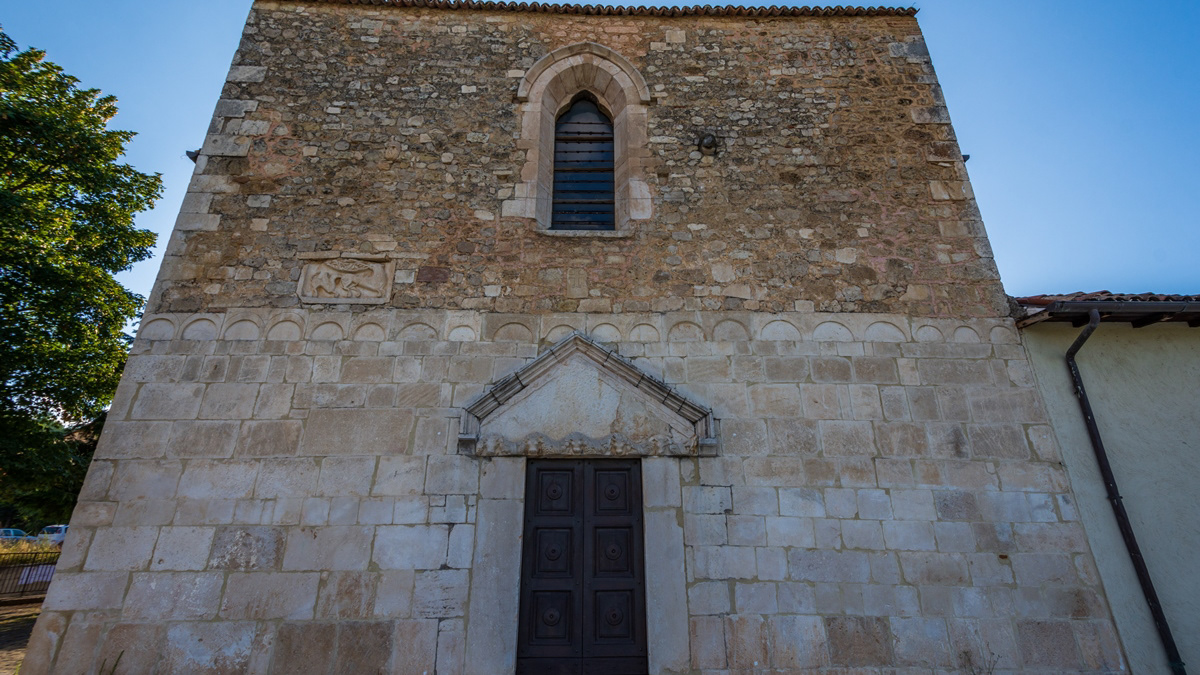
2018
Coppito (AQ) - Church of San Pietro Apostolo
